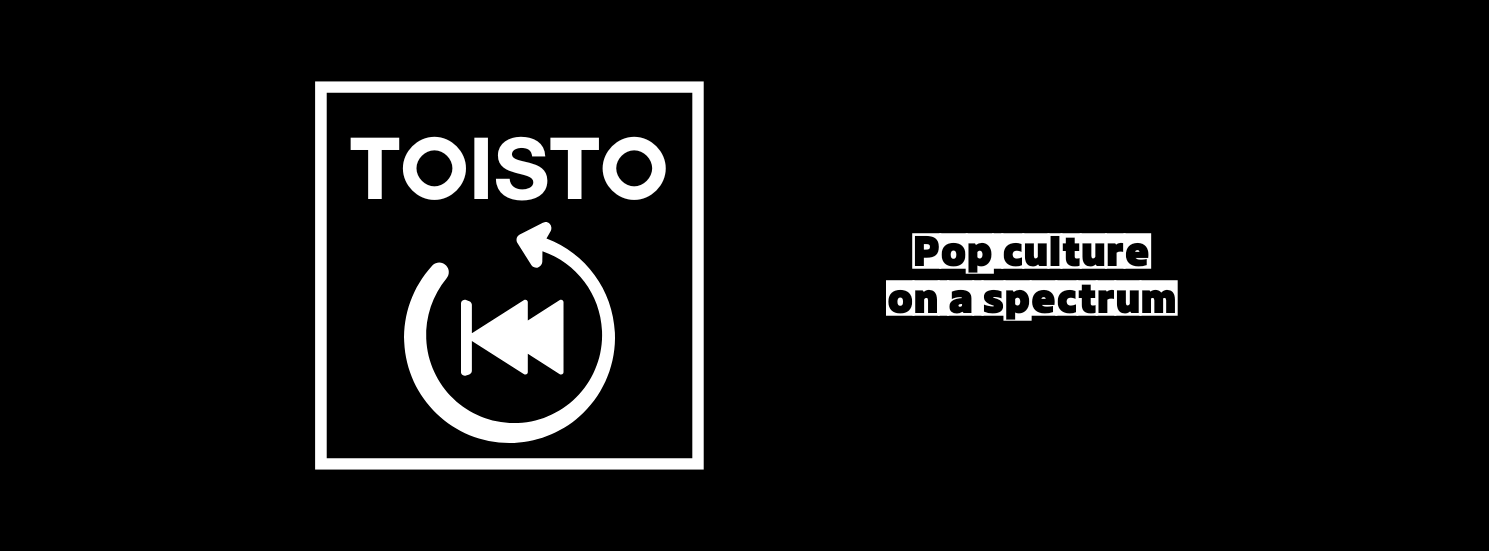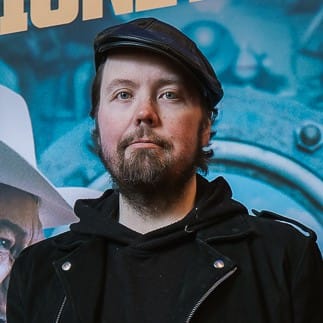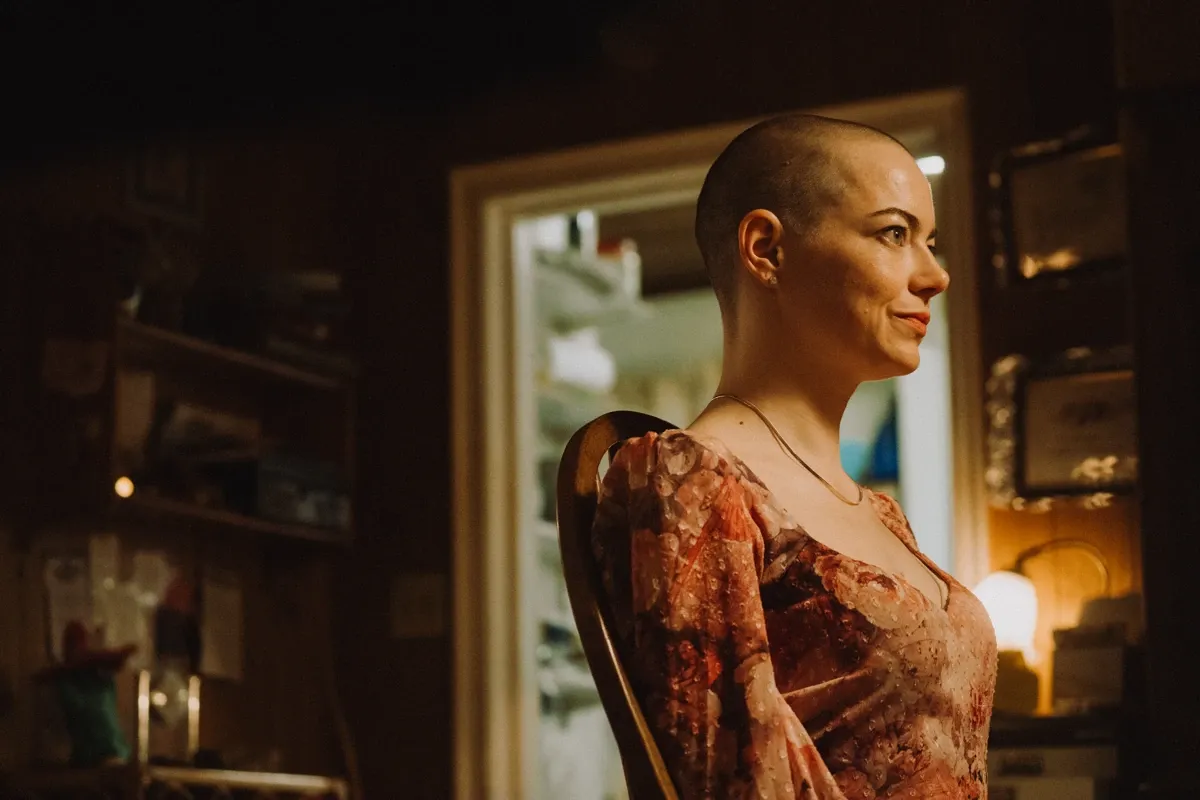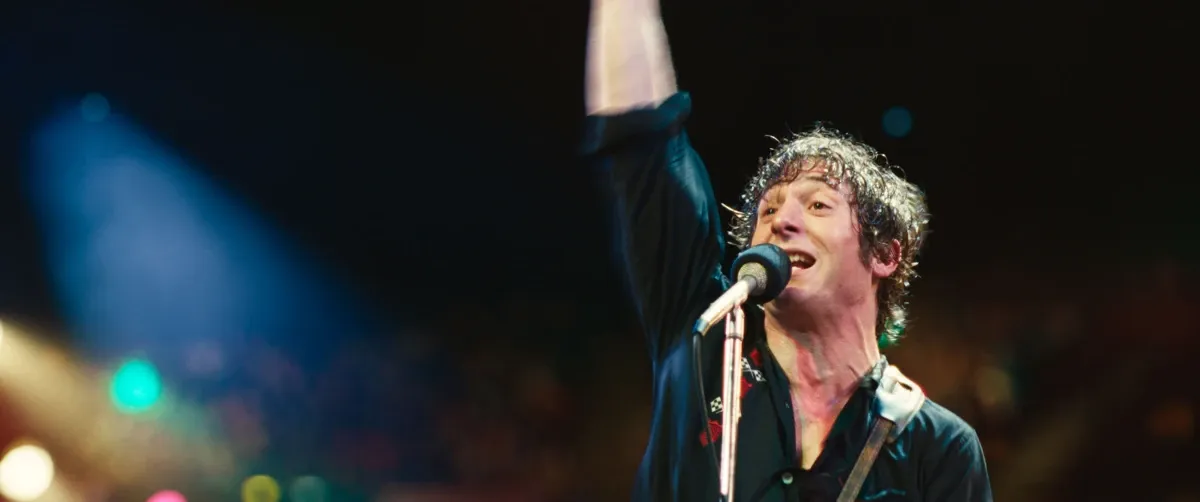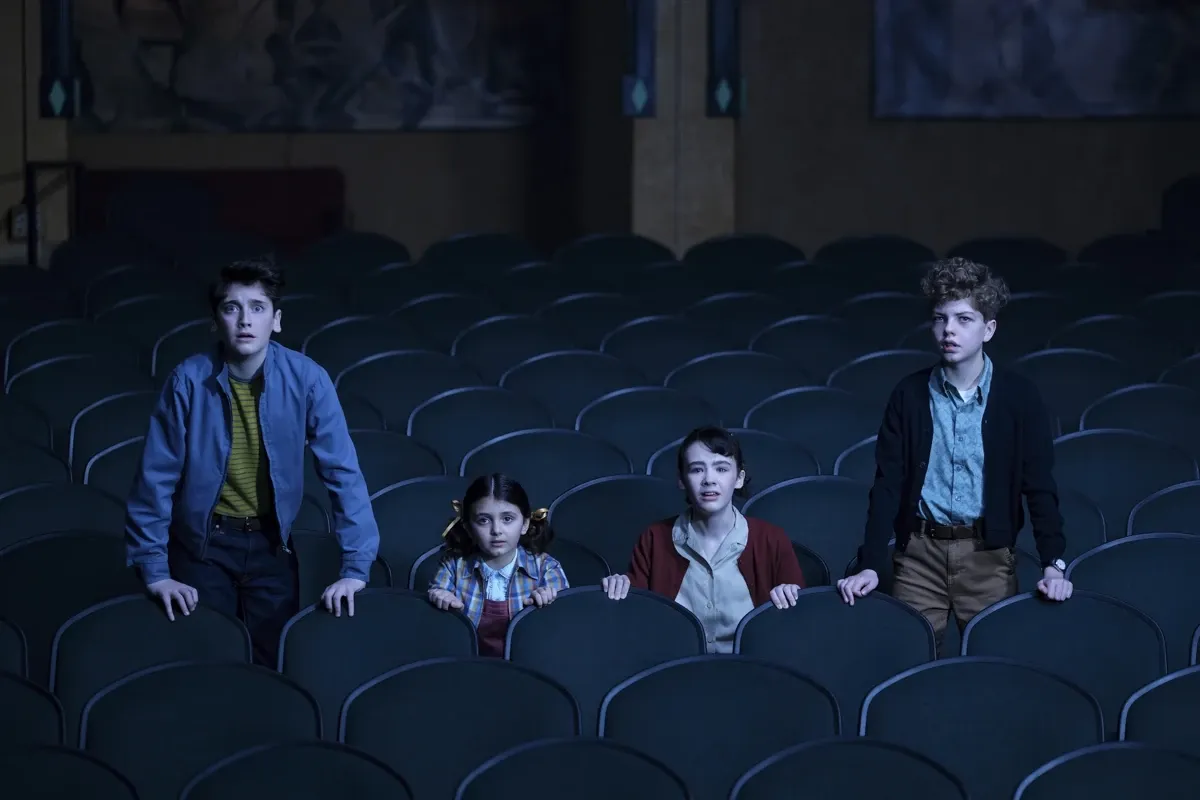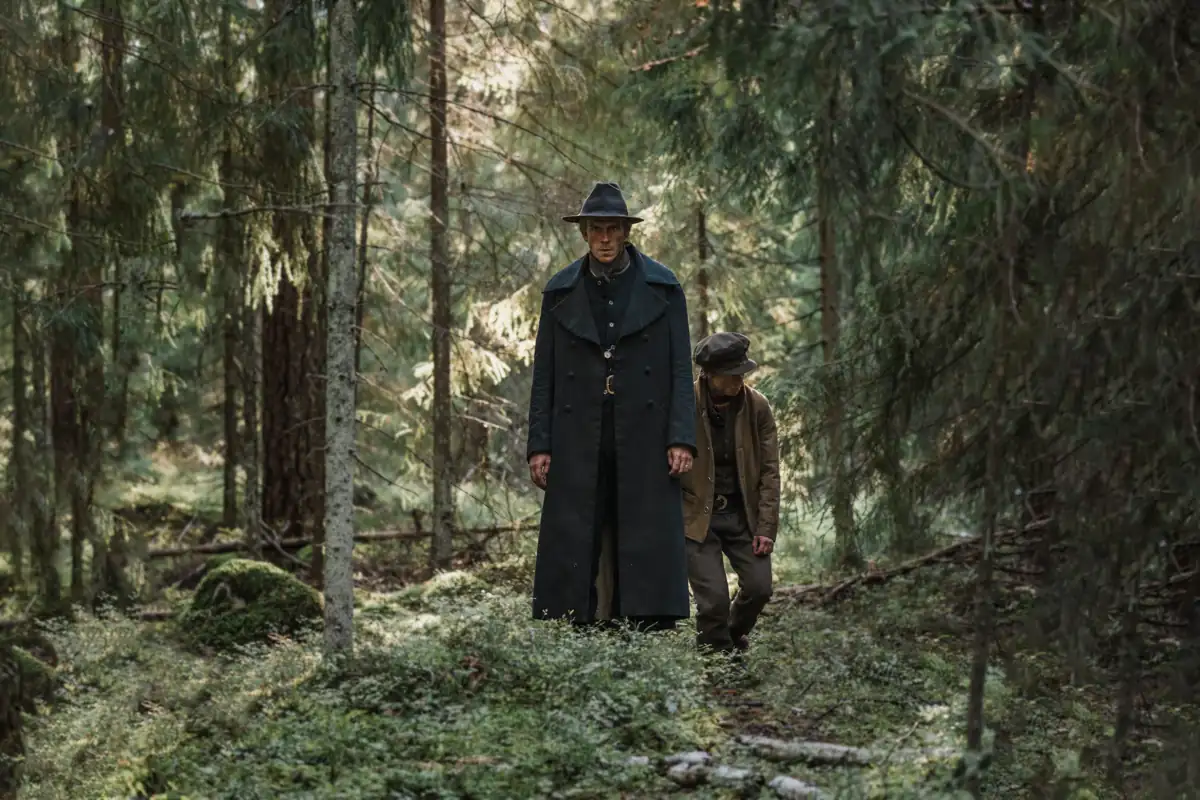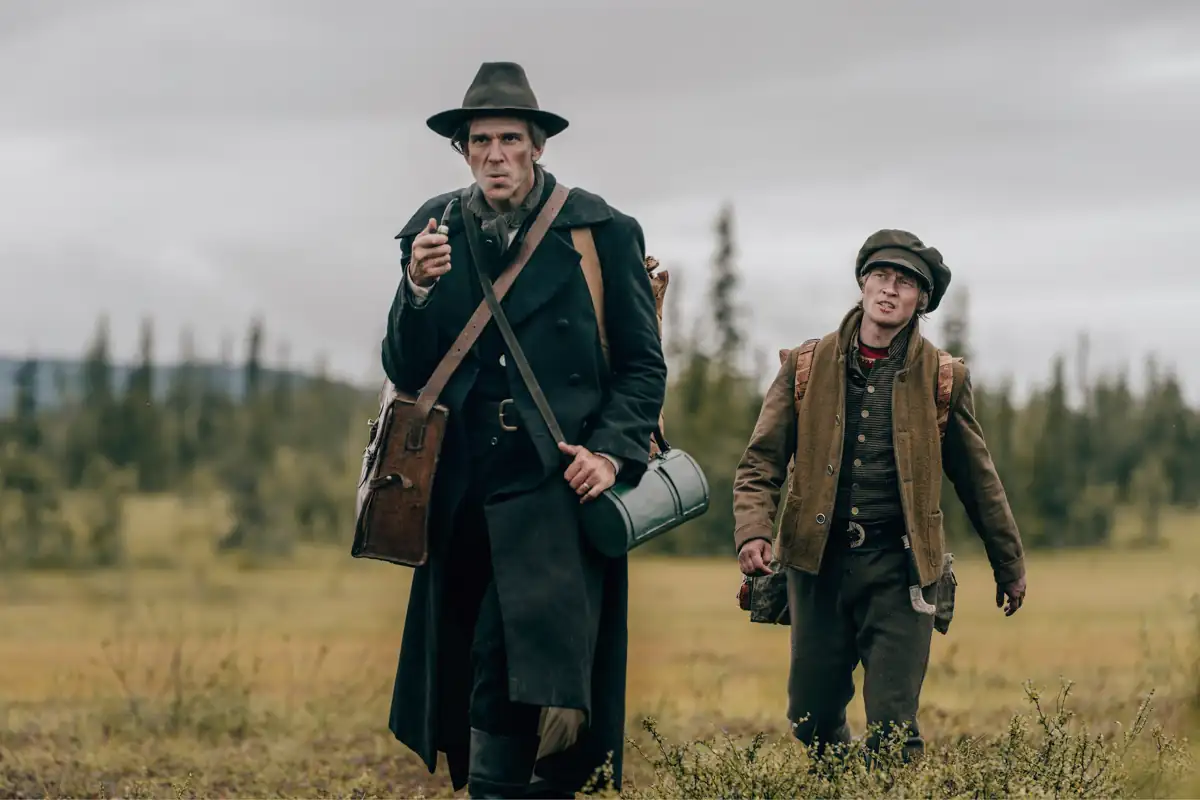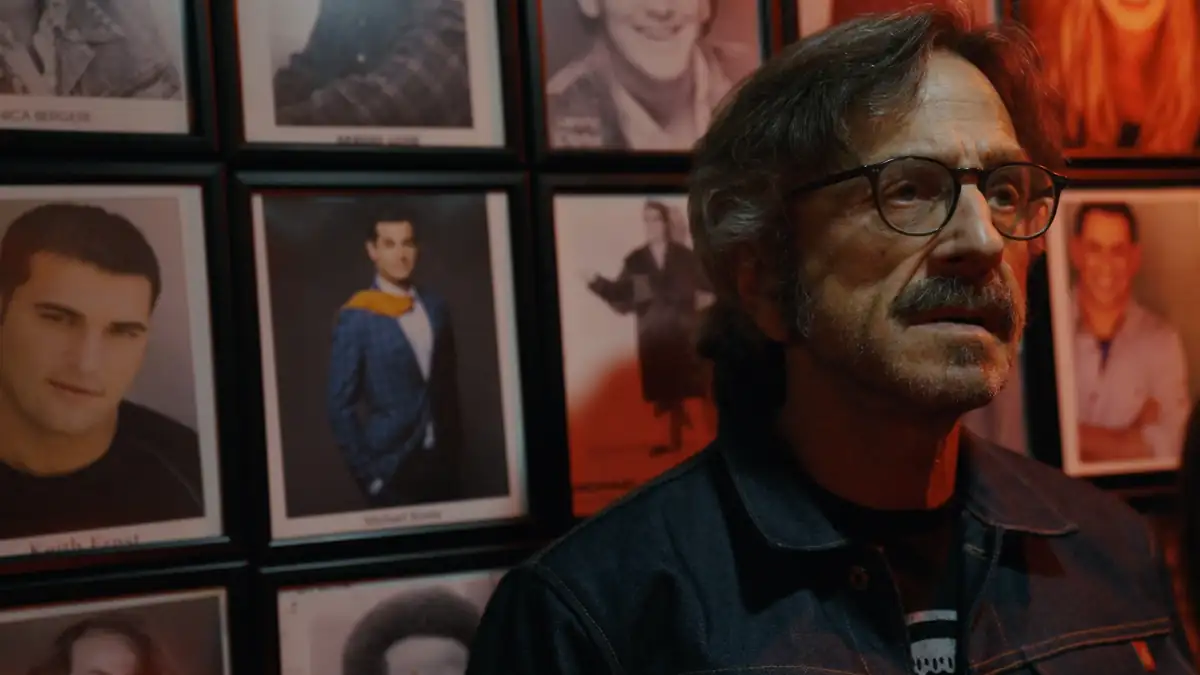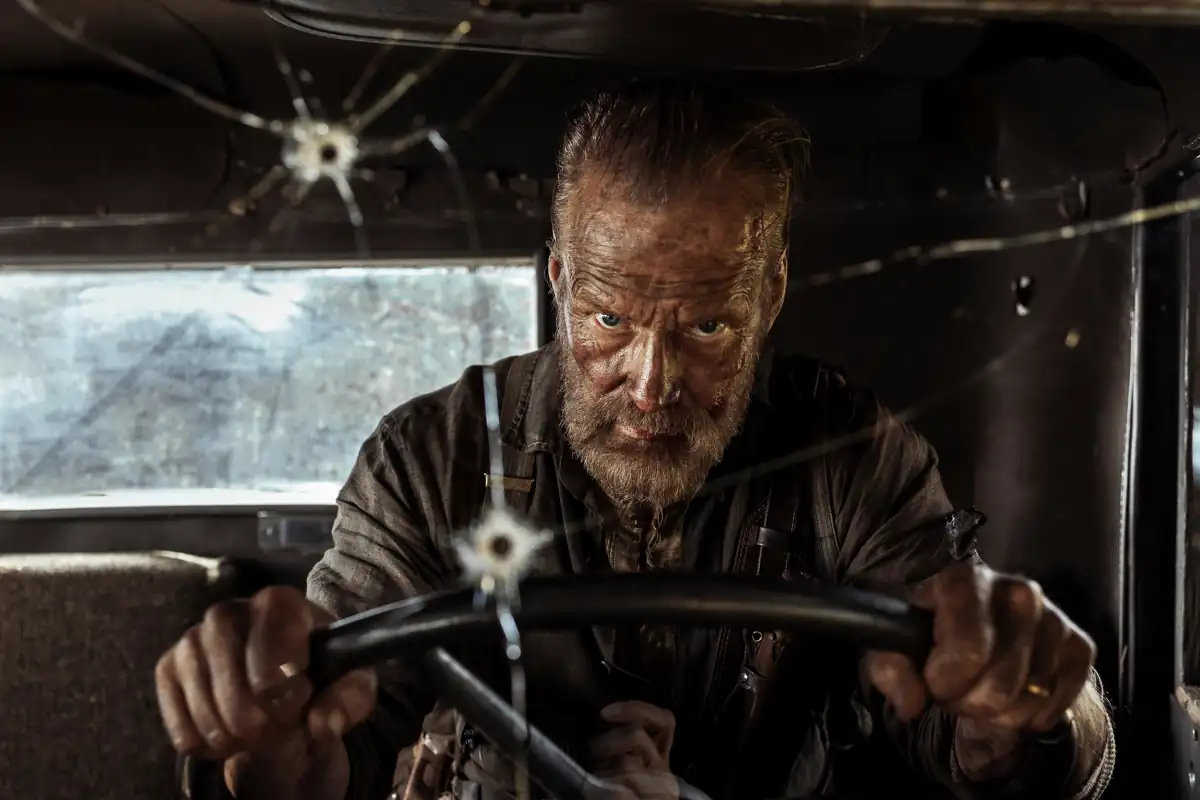THE WITCH IN THE WINDOW premieres August 7, but Teatteri Union is hosting a sneak preview July 23.
Andy Mitton’s sombre horror thriller is modest in budget, but with enough inventive chills to more than make up for it. Deeply in love with the genre, it’s a classic story of loss and regret as scary as it is tender.
Simon (Alex Draper) visits his estranged wife to collect his son for a summer away from New York. The family dynamic is in shambles. Alex and Beverly (Arija Bareikis) can barely handle a civil conversation. Their son, Finn (Charlie Tacker), is turned so inward he might implode at any minute. Simon hopes that six weeks working on a remote house flipping project could fix that. It’s perfect bonding time for father and son; something that might bring the family back together again. But when their new neighbor, Louis (Greg Naughton), warns them to leave the house for good, things take a turn for the worse.

*
The Witch in the Window is built on traditionalism. It’s deeply engrossed in the American fascination of ownership, where one’s home is as good as society itself. As the homestead erodes, so does the family.
The metaphors aren’t exactly subtle. A man rebuilding his life personified by a building isn’t new. But it doesn’t need to be. Equally traditional is the deeply troubled neighbor, who can only hand out information in sporadic bursts. But they’re almost comforting in their familiarity. Sadly, jump scares, the lazy form of horror, make an appearance as well.
It’s thanks to Draper and Tacker’s excellent chemistry that so much of this works. Even as the dialog occasionally stumbles. (Early tirades are particular groaners). Draper, a cross of Richard Dreyfuss and Paul Rudd, sells the longing and despair with every nail struck into the renewed foundations.
If there’s persistant fault in the film, it’s the pacing. The scares are fantastic, but they have little room to breathe. Early banter between Draper and Tacker sees the former explain the importance of never milking a good thing too far. It’s a lesson the film doesn’t seem to follow.
For most of the slim runtime, the titular witch, Lydia, remains in the background. She hides in plain sight, just out of focus. It’s an ethereal effect, knowing she’s there, but unsure how.
But Mitton can’t help but milk a good thing. The longer the film goes, the more Lydia appears. By the end, her presence is expected rather than upsetting. Which is the opposite of what it should be. The climax trades subtle terror for screams.

*
Thankfully, the rest of the picture is impeccably strong. Its mournful and ominous tone permeates every frame. The gorgeous cinematography by Justin Kane engrosses us in the desolate landscape. Everything about this world feels fleeting. As if Draper’s attempt at keeping his family together is going against nature itself. As all good ghost stories, it feels timeless. When the film focuses on this aspect, it soars.
I think even Mitton knows this. Once the obligatory scares are dealt with, the story settles into a reflective, even melancholy pace. When the dread creeps in, it’s that much more effective. A nightmarish sequence sees time and space fold on themselves, which truly unsettled me.
Mitton also doesn’t undermine his audience. He embraces the rules of both reality and fantasy. Once we realize that ghosts are real, we have to accept we’re never alone. The result is, no pun intended, haunting. The questions it never answers linger in the soul.
It’s the kind of brilliant realization that’s rarely utilized in the genre. Funnily enough, it’s also that break from genre conventions that makes The With in the Window scarier than tradition would allow.
Mitton has the makings of a grand horror poet. I can’t wait to see what he does next.

